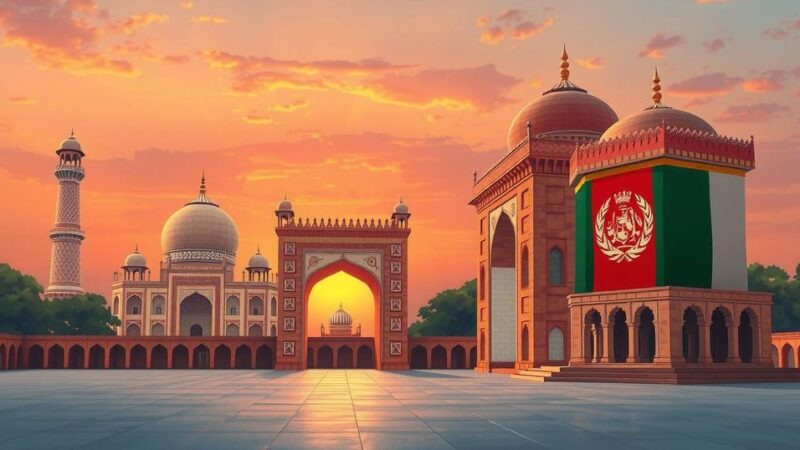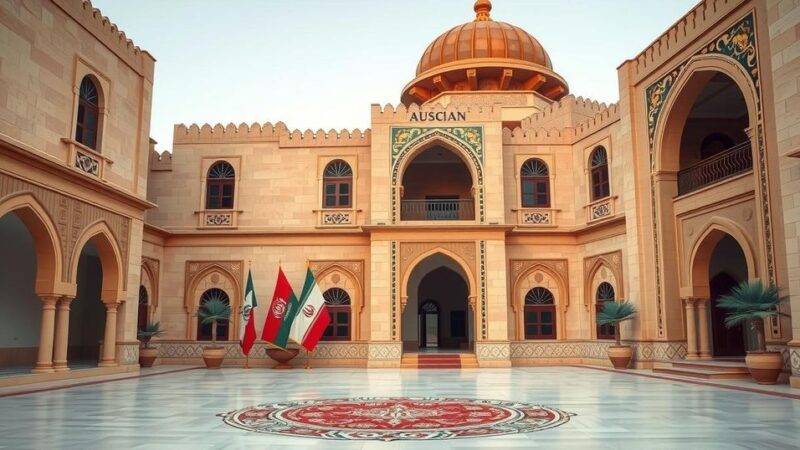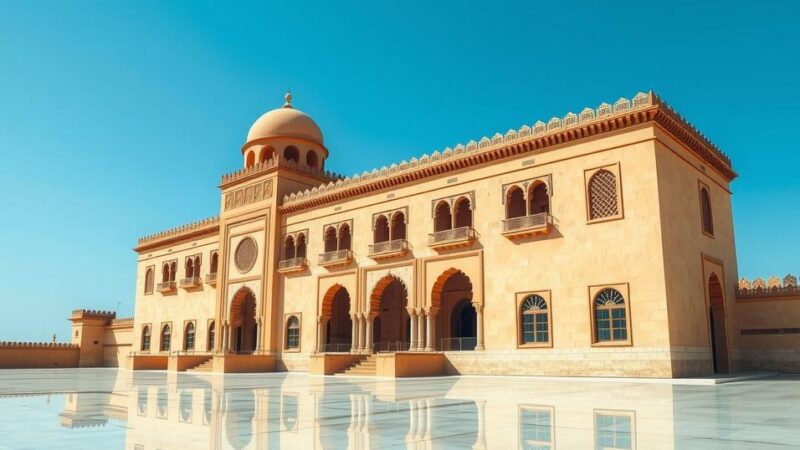Civilians are fleeing Tigray due to escalating tensions as Eritrean and Ethiopian forces increase military presence along their border. A power struggle within the Tigray People’s Liberation Front (TPLF) and failures to implement the 2022 Pretoria Agreement exacerbate the situation. The Horn of Africa faces a potential full-scale conflict, entangled further by geopolitical interests and internal strife in Ethiopia.
Civilians are escaping Ethiopia’s Tigray region amid escalating fears of renewed conflict, as both Eritrean and Ethiopian forces significantly increase their military presence along the border. This resurgence in hostilities stems from Ethiopia’s efforts to secure access to the Red Sea and ongoing power struggles within the Tigray People’s Liberation Front (TPLF), compounded by Eritrean interventions. The failure to implement the provisions of the 2022 Pretoria Agreement, which aimed to end the previous Tigray War, has exacerbated tensions between the two nations.
The renewed tensions are caused by deteriorating relations between Ethiopia and Eritrea, combined with internal instability in Ethiopia and rival factions within the TPLF. The political struggle is marked by divisions over leadership, particularly involving President Getachew Reda of the Tigray Interim Regional Administration (TIRA) and Chairman Debretsion Gebremichael of TPLF. Eritrea’s support for specific factions deepens the conflict, particularly following Reda’s controversial appointment under the Pretoria Agreement, which has led to challenges against TIRA’s governance.
The situation has escalated dramatically, with violent clashes reported and significant troop movements along the border. Notably, after clashes on March 11, Reda was forced to flee to Addis Ababa amid a power shift as Debretsion’s supporters seized control of various key towns in Tigray. Civilians are withdrawing funds and evacuating in large numbers as military mobilization increases.
Recent negotiations have tried to mitigate tensions, resulting in General Tadesse Werede’s appointment as the new TIRA leader. However, conflict remains imminent, with reports of military remobilization among Tigray Defense Forces (TDF) and calls for fighters to rejoin the TPLF. The TPLF’s establishment of parallel governance structures has intensified hostilities, alongside unresolved territorial disputes and Ethiopia’s inability to recognize the TPLF legally.
The diplomatic landscape reflects worsening relations, with accusations of mutual support for domestic opposition groups. Ethiopia’s pursuit of Red Sea access, framed as a historical right by Prime Minister Abiy Ahmed, complicates matters further. Ethiopia’s recent agreement with Somaliland for sea access is largely seen as a direct challenge to Eritrea, intensifying their rivalry.
The Ethiopian military is currently stretched thin due to its commitments in Amhara against Fano militants, illustrating a potential reluctance to engage in a full-scale war. Should conflict erupt, it may exacerbate ethnic violence within Ethiopia, which is already troubled by multiple armed factions. Eritrea appears to be leveraging Ethiopia’s military constraints to further its own goals.
The instability in Tigray holds significant regional implications as Eritrea and Ethiopia become involved in Sudan’s civil strife, supporting opposing factions. The involvement of Tigrayan fighters and Eritrean support for the Sudanese Armed Forces (SAF) adds further layers to the conflict, particularly in border regions.
International actors are also taking note; while Saudi Arabia is apprehensive about Ethiopian military movements, the United Arab Emirates has engaged with Ethiopia to bolster its presence in the Red Sea, leading to questions about their broader strategy in the region. Additionally, powers like Iran and Russia are keen to exploit these conflicts, seeking to weaken Western-aligned governments and capitalize on Ethiopia’s ambitions in the Red Sea.
Furthermore, the renewed tensions present opportunities for jihadist organizations to expand their reach, with groups like al-Shabaab likely to benefit from the situation. Historical collaborations between rebel factions in Ethiopia and jihadist groups signal a concerning trend for regional stability, indicating that the Horn of Africa may be on the brink of a broader conflict with severe implications.
The ongoing tensions in Tigray pose a significant risk of escalating into a larger conflict, drawing in Ethiopia and Eritrea amidst deep-rooted political divisions and external influences. The failure to implement peace agreements, coupled with military buildups along the border and regional power dynamics, threaten both local and regional stability. The situation necessitates careful attention as the Horn of Africa confronts multiple sources of instability that could have disastrous impacts beyond its borders.
Original Source: thesoufancenter.org






